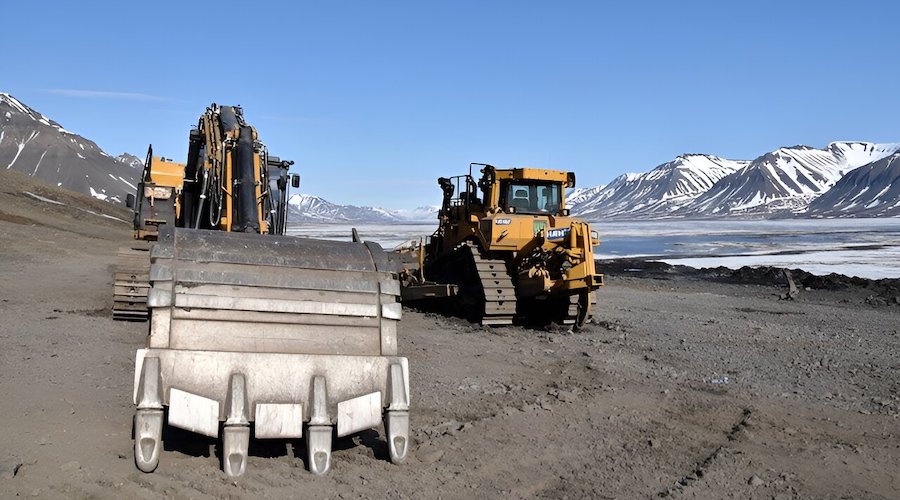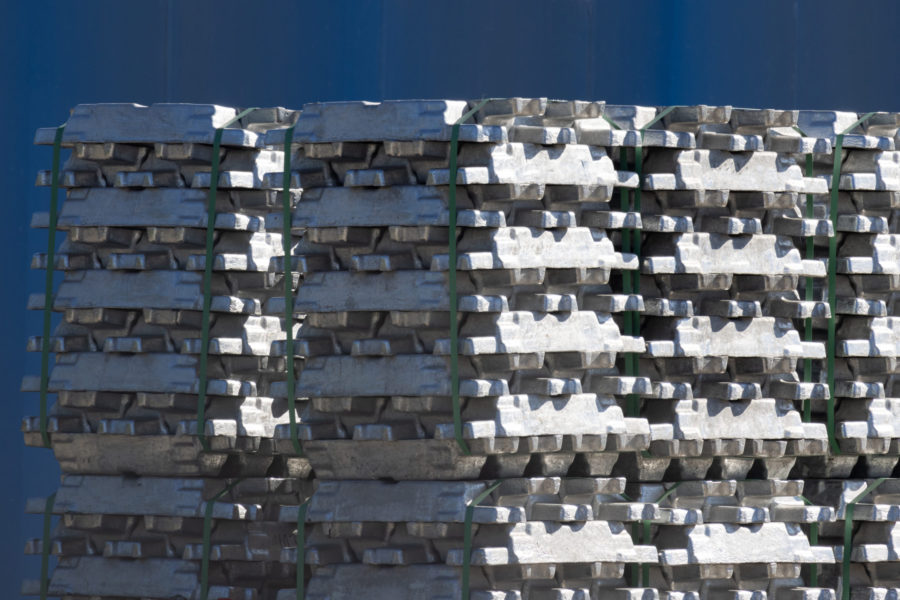How to perform land restorations in the High Arctic

A recent paper in the journal Geoheritage provides new insights into how to restore active geological and slow biological processes in extreme environments following the culmination of the land reclamation work of the area that hosted the Svea coal mines.
The mines operated for over 100 years in Svalbard, a Norwegian archipelago between mainland Norway and the North Pole and one of the world’s northernmost inhabited areas. They were specifically situated 77° North of the Equator.
The operation shut down in 2015 and, at the same time, landscape restoration of the mining settlement and infrastructure, stretching more than 20 kilometres from the sea up to 700 metres above sea level, was started. Enabling both dynamic ecological and geomorphological processes was the focus of the landscape restoration once roads, housing, industrial facilities, landfills and quarries were removed.
Where vegetation cover in Svalbard is sparse and slow-growing, the geological processes, such as glacial, slope, fluvial and coastal, are highly active. Thus, facilitating geodiversity meant keeping in mind that the abiotic conditions support a mosaic of vegetation cover and habitats, as well as landscape character.
“When targeting the reconstruction and design of post-mining landscapes, there is a risk of neglecting the dynamic geomorphological processes,” Dagmar Hagen, senior researcher at the Norwegian Institute for Nature Research and co-author of the paper, said in a media statement. “Rather than designing a new landscape, we argue that preparing the future landscape for active geological processes will align with the overall ideas of nature restoration.”
Hagen explained that a multidisciplinary approach in planning such large-scale restoration in the High Arctic was crucial to understanding the relationships between ecological and geomorphological processes and to propose the best possible solutions. Placing geomorphology, botany, and landscape knowledge at the core was key, as was keeping in mind their connections to cultural heritage and pollution management.
The extensive restoration effort at Svea also required a consensus on restoration principles among all participants, from project leaders to all personnel working on the ground. To foster a common understanding, all personnel participated in “green training,” gaining insights into the landscape, geodiversity, biodiversity, and restoration standards.
“Ultimately, the people operating excavators, bulldozers, and dump trucks carry out the restoration work and shape the new landscape, and a significant portion of the positive results should be attributed to their efforts,” Hagen said.
“We believe that the success of a restoration project of this size depends on a multidisciplinary approach, including all aspects of the management of the mine’s interior, pollution, cultural heritage, and natural diversity.”
More News
{{ commodity.name }}
{{ post.title }}
{{ post.date }}



Comments